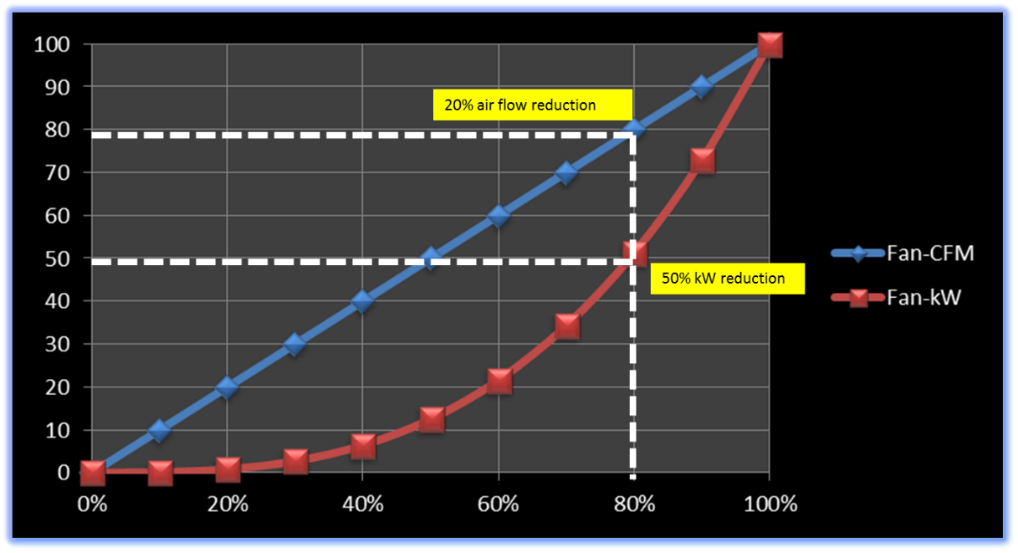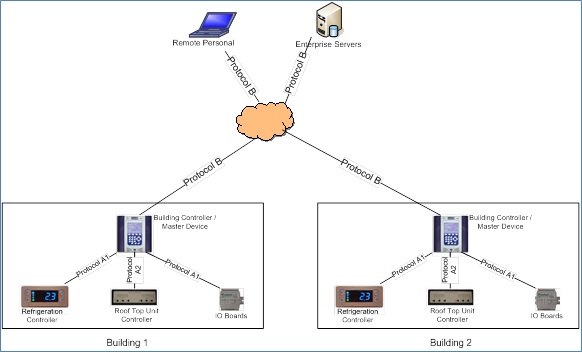Variable Frequency Drives in Refrigeration Equipment Deliver 1.5 to 5 Year Payback for Supermarkets

In this post you’ll see how variable-frequency drives (or VFDs) can generate a payback of 1.5 to 5 years in supermarkets. You’ll also see which uses of VFDs offer the fastest payback and highest return on investment (or ROI).
At Singh360, we’ve found that HVAC blower fans of more than 7.5 horsepower typically provide the best ROI. The next-highest return comes from using VFDs in refrigeration condenser fans with motors totaling more than 7.5 horsepower.
Use of VFDs in refrigeration compressors delivers the smallest reduction of energy consumption. But such applications can reduce compressor cycling and extend the life of compressors. And that’s worth real money too.




